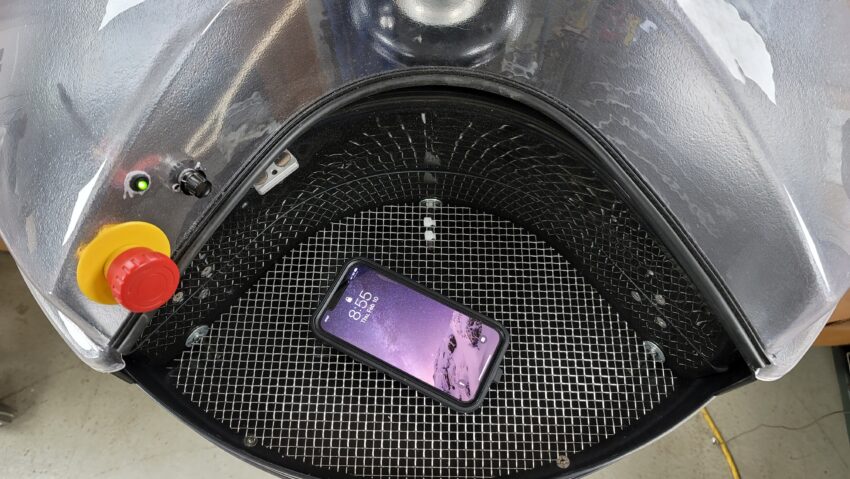If the pandemic has taught us anything, it is the increased awareness of maintaining proper hand hygiene. According to the Center for Disease Control (CDC) web site, “Regular handwashing is one of the best ways to remove germs, avoid getting sick, and prevent the spread of germs to others.” The CDC also recommends the use of hand sanitizer when handwashing is not an option.
But do these hygiene efforts go far enough? It turns out the gaping hole in the equation is the cleaning and disinfection of the myriad of personal items we handle with our hands every day.
At the top of the list are our mobile phones, tablets, and other smart devices. According to various studies, individuals check their phones approximately 150 times each day. Consider that scientists at the University of Arizona found cell phones carry 10 times more bacteria than most toilet seats. Other personal items we regularly handle with our hands include face masks, ID badges, baseball caps, sunglasses, keys, wallets, credit cards, money, and jewelry.
One solution that warrants closer scrutiny is the use of ultraviolet (UV) light devices. These devices utilize short-wavelength ultraviolet C (UV-C) light to inactivate pathogens including viruses (such as SARS-CoV-2), bacteria, mold spores, and yeast. UV-C light irradiation is already a proven technology, verified in many studies and utilized prior to the pandemic in both commercial and residential settings.
To be clear, there are already many UV light devices on the market. However, many require direct contact and manipulation to operate the appliance, and there can be questions about the intensity and contact time of the applied UV light.
Based on this observation, Tebots, Inc., a design-build company, decided to design a better mousetrap that would address many of these limitations. The patent-pending UV disinfection appliance resembles a small, portable charcoal grill. Tablet sized, or smaller items are placed on a rotating platform and then move in a 360-degree arc through the chamber where they are bombarded from all angles by UV-C light for approximately 10 seconds.
“By controlling the internal environment and the time within the chamber very precisely, we can kill more than 99.9% of the pathogens on the surfaces of the item,” says Robert Tegel, founder, and CEO of Tebots, Inc.
Tegel envisions the self-service disinfection appliance, called the POZ, being installed in front of entries/exits or bathrooms at public venues, retail stores, healthcare facilities, academic institutions, airport terminals, and nursing homes. In the workplace, facility management companies or major corporations could install the POZ to protect workers as part of corporate safety initiatives.
Tebots is currently in discussions with several entities to license the technology. The initial design and several full prototypes have already been created.
For more information, visit https://tebots.com/ or contact Robert Tegel at 847-669-6876.

